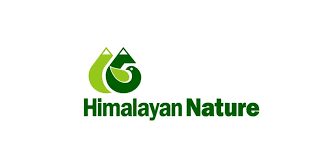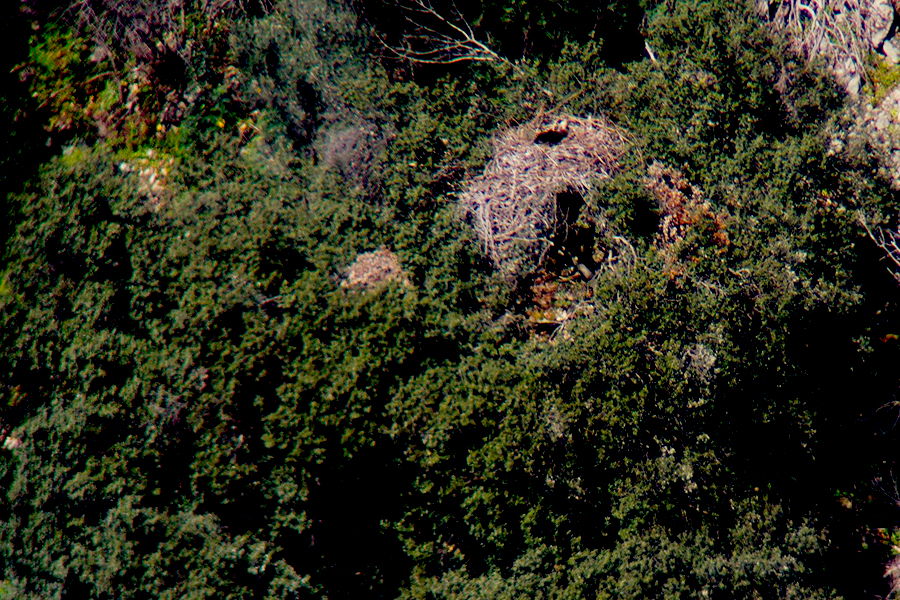
It seemed like a typical day in Nepal yesterday until local kids playing outside discovered a shocking sight, a vulture graveyard. They immediately informed their parents, who in turn contacted the competent authorities. After arriving at the scene and investigating the area, they realised the severity of the situation at hand — yet another vulture mass mortality event, most likely due to poisoning, causing a significant blow to the conservation of highly endangered species in that Asian country.
Discovery and investigation of the suspected mass poisoning
The incident happened on 21 April 2021 in the southern lowlands at Nawalparasi district, Nepal and involved at least 67 dead vultures, including 33 White-rumped Vultures, 31 Himalayan Vultures, 2 Cinereous Vultures and 1 Slender-billed Vulture. White-rumped and Slender-billed vultures are considered Critically Endangered species, while the other two are near-threatened in the IUCN Red List. According to the information gathered from locals, these vultures consumed dog carcasses on the afternoon of the same day.
According to several sources, dog carcasses are thrown everywhere in the open field just behind the college premises of Palhi Multiple Campus, some were packed in sacks and others thrown openly. Based on the evidence so far, authorities suspect that the dog carcasses were poisoned. The local administration currently launched an investigation to identify the person who poisoned the dogs. We hope the perpetrator(s) responsible will be brought to justice for the vulture conservation disaster they caused.
Vulture population crash in Indian sub-continent
In recent years there have been increasing reports of widespread use of poison impacting wildlife across Africa and Asia. Usually, poison baits are used to kill predators like foxes, wolves or jackals to protect livestock, but this non-selective and illegal measure often kills many other animals, including vultures who descend to feed on the poisoned carcass.
According to the Multi-species Action Plan to Conserve African-Eurasian Vultures (Vulture MsAP), co-developed by the Vulture Conservation Foundation (VCF) and endorsed by CMS, poisoning is the biggest threat to vultures worldwide. Vultures are keystone species that operate vital roles in maintaining ecosystem health and need our protection.
At the end of the 20th century, vultures underwent a catastrophic decline in the Indian sub-continent due to the widespread use of veterinary diclofenac, an anti-inflammatory drug used to treat livestock. In India, the three Gyps species (Indian Vulture, Slender-billed Vulture and White-rumped Vulture) declined by about 95% within less than a decade by the late 1990s, with dramatic declines also observed in nearby countries. Following years of campaigning by environmental activists, a ban on the drug is now in place in several countries in the region, and some species are starting to recover. However, a recent study illustrated that even though diclofenac’s availability declined in Bangladesh, India and Nepal after its ban, it still accounted for 10–46% of all NSAIDs offered for sale for livestock treatment in 2017 in India. These results indicate weak enforcement of existing regulations and highlight the continued threat this poses to vultures.
The VCF and partners are committed to protecting vultures from these severe threats and have been working on anti-diclofenac and anti-poisoning activities in Europe for years now.
Tackling vulture threats in Nepal
Our colleagues from Himalayan Nature and the Peregrine Fund are working to identify threats to raptors in Nepal. In the last few months, they have surveyed powerlines and identified high-risk powerlines that threaten the raptor population. A satellite transmitter based study suggests high mortality of raptors due to power lines, human persecution and unintentional poisoning. In Nepal, like in many other countries, raptors and vultures that died from poisoning are not the targets of this unselective and damaging practice. Typically, poison baits target carnivore mammals, such as leopards, wolves and jackals, to prevent attacks on livestock. Another common motive to use poison is to kill stray dogs to control the growing population, which seems to be the case in this incident. The latest death of at least 67 vultures is the largest mortality record of vultures and raptors caused in a single incident in the country. Raising awareness in local communities and supporting the protection of their livestock from wild carnivores would help mitigate poisoning events in Nepal. Such efforts are necessary to preserve the remaining vulture populations in the country, which already faced dramatic declines.




